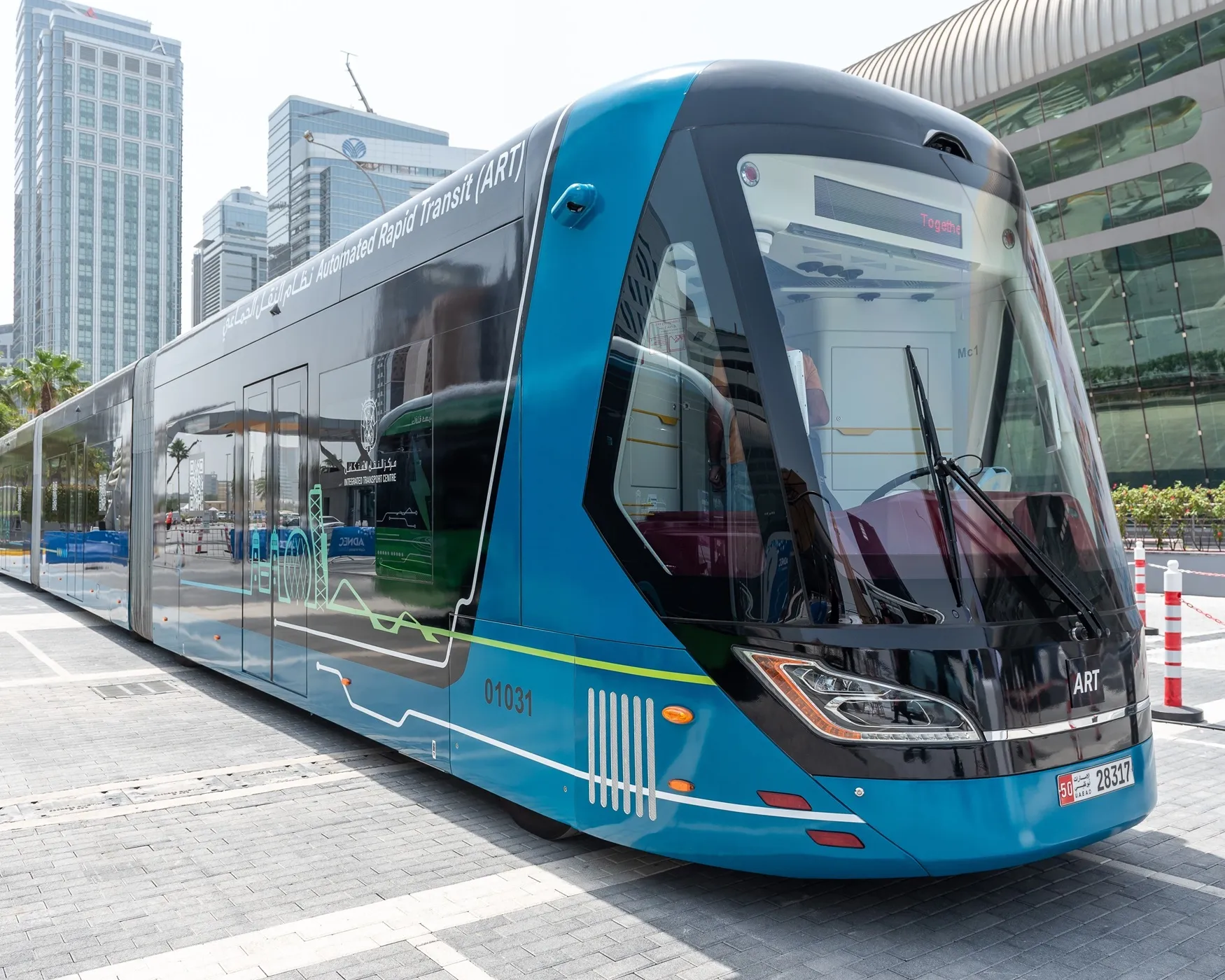EarthSense’s air quality sensors are located in areas of the city where levels of nitrogen dioxide have been identified as high; particularly along the A4600 route at Walsgrave Road – a major link in and out of Coventry.
When pollution levels are breached, the sensors send alerts to the urban traffic management centre where they trigger messaging on variable message signs (VMS) which inform motorists and suggest alternative routes.
Shamala Evans, senior project manager at the council, says: “We’re taking early measures with the aim of encouraging motorists to make small changes to help reduce the pollution levels and traffic congestion before it’s too late and we’re forced to introduce chargeable clean air zones.”
Once the pollution levels have reached acceptable standards, the alerts are deactivated, and the VMS is removed.
John Seddon, the council’s head of transport & innovation, says: “The city council is keen to install the right technology across Coventry’s road network to allow us to dynamically manage traffic and respond to issues such as poor air quality or traffic incidents as soon as they happen.”
EarthSense clears traffic from pollution hotspots
EarthSense is working in the UK with Coventry City Council to divert traffic away from heavily congested roads and pollution hotspots.
EarthSense’s air quality sensors are located in areas of the city where levels of nitrogen dioxide have been identified as high; particularly along the A4600 route at Walsgrave Road – a major link in and out of Coventry.
When pollution levels are breached, the sensors send alerts to the urban traffic management centre where they trigger messaging on variable message s
August 2, 2019
Read time: 2 mins










